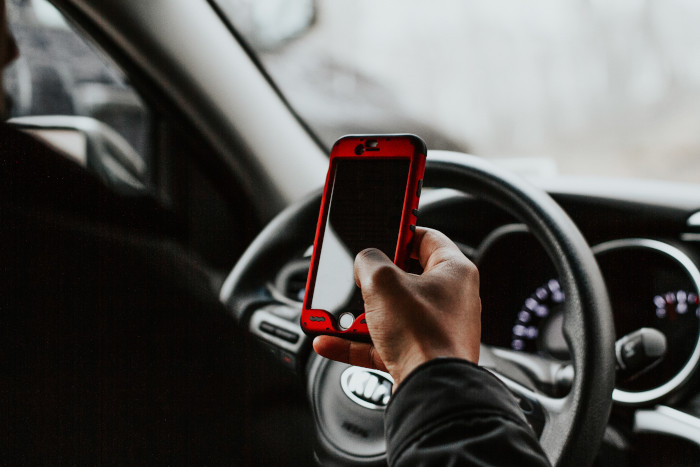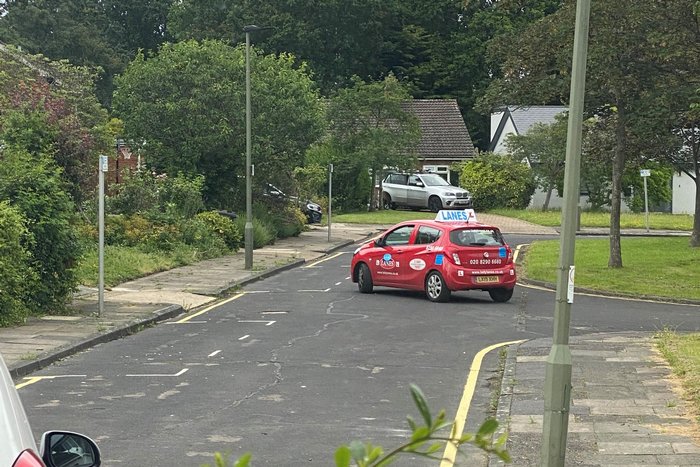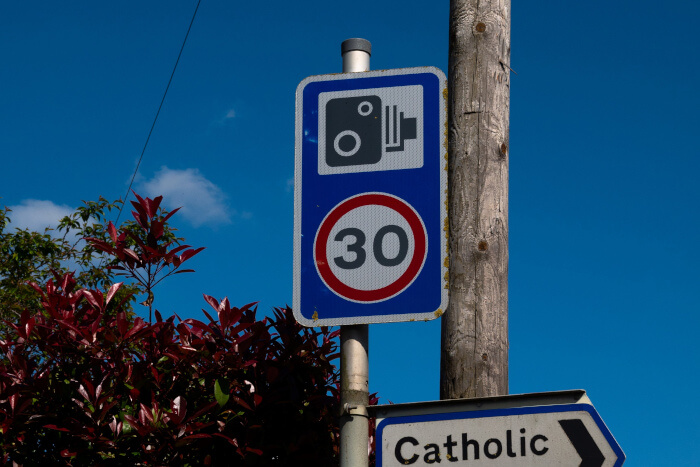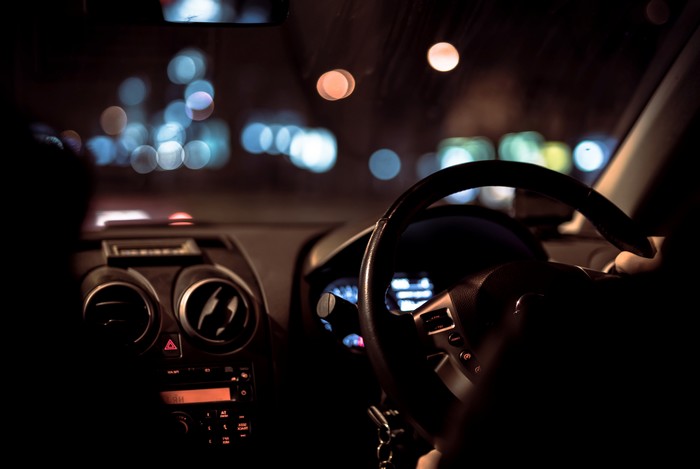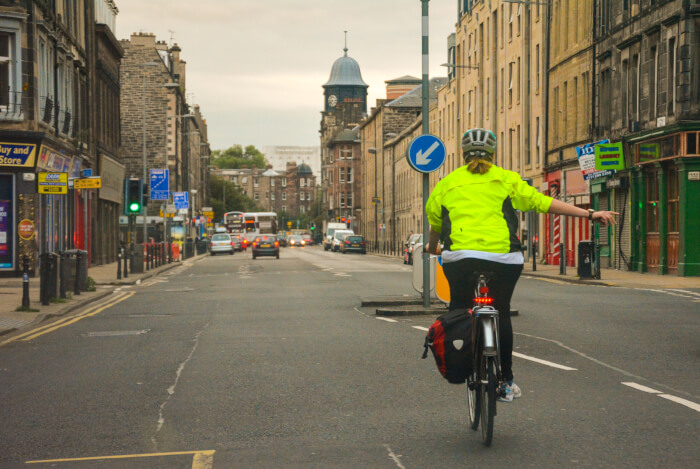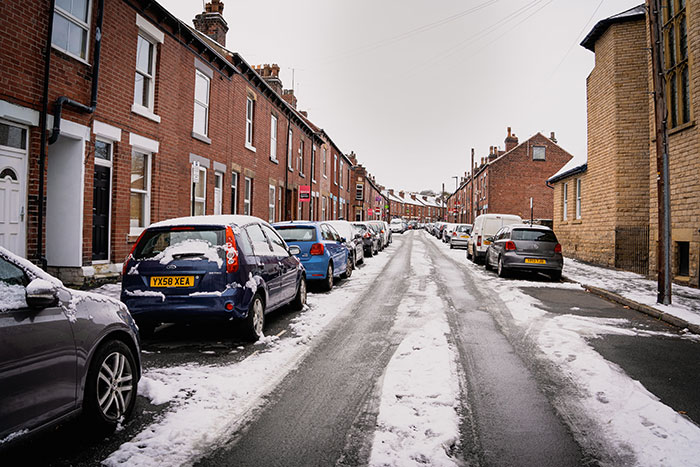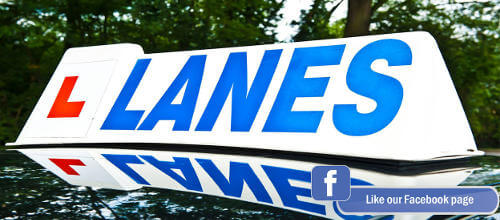Bromley Test Centre: What you need to know
If your practical driving test is fast approaching, carrying out some preparation in advance will help you to feel more confident once the day arrives. We are knowledgeable on the Bromley area and, more specifically, the Bromley Test Centre, so allow us to provide you with some pointers that will make you feel more at ease once the time comes for you to get behind the wheel for your test.
Where is Bromley Test Centre?
You can find Bromley Test Centre at 121 Burnt Ash Lane, Bromley, BR1 5AB. Located next door to Boots Pharmacy and Gardenya Café. It can be found round the back near to Burnt Ash Lane car park, which can get busy particularly during rush hour, so be aware of this when planning your arrival time. You should enter the car park via Brindley Way, not the alleyway between shops.
How do you get to Bromley Test Centre?
Burnt Ash Lane is an easily accessible road located on the A2212, which leads north towards Blackheath and Lewisham, and south towards Bromley town centre. There are bus stops located on this road, just a 1-minute walk to the test centre from each one. The 126, 261, and 638 bus services go directly past the test centre. You also have Sundridge Park station nearby which is an 11-minute walk.
Driving in Bromley
As a large town in south east London, Bromley is a popular test location with a range of different roads and challenges awaiting learner drivers. The roads can get particularly busy during rush hour, so if you are taking your test in Bromley be aware of the heavy traffic you could encounter. There are a lot of car-lined roads, roundabouts, and junctions for you to practice on so that you can prepare yourself for the practical test.
What driving test routes are there in Bromley?
There are no specific routes that your examiner can take you on in Bromley, it will be completely random on the day, so unfortunately there is no way to prepare for your exact test route. There are some routes that have been known to be taken, such as travelling along Widmore Road and past Bickley station. Alternatively, you may head through Grove Park, then back along Sidcup Road and the A20, so it may be worth practicing these routes.
What can you expect on the day?
Once the day has finally arrived for you to take your all-important driving test, you will want to know what to expect and how your examiner will conduct the test. You should arrive at Bromley Test Centre at least 10 minutes early to make sure you leave some time before your slot, and it is essential you bring your provisional licence so that you are allowed to take the test. Your driving test will contain the following elements:
- The eyesight test will require you to read a car number plate which is 20 metres away.
- The “show me, tell me” questions, which your instructor should practice with you beforehand. These cover vehicle safety and general maintenance.
- The general driving portion of the test, which you can expect to last around twenty minutes. You will have to perform one manoeuvre, which could be parallel parking, bay parking, or pulling up on the right.
- This is followed by independent driving, where you will need to follow a sat nav or signposted directions to reach a specified destination.
The route of your test should lead you back to Bromley Test Centre, where you will hopefully receive the good news!
How to book your driving test in Bromley
Before booking your practical driving test, you must have passed the theory test. Once complete, check the gov.uk website for availability in Bromley. Other nearby test centres include West Wickham and Croydon.
If you want to get lessons booked in Bromley to help ensure you pass your test, contact us at Lanes School of Driving. We offer both block lessons and intensive courses to make sure you are fully prepared for the big day. Get booked in by calling 020 8166 5678 or email us at .


